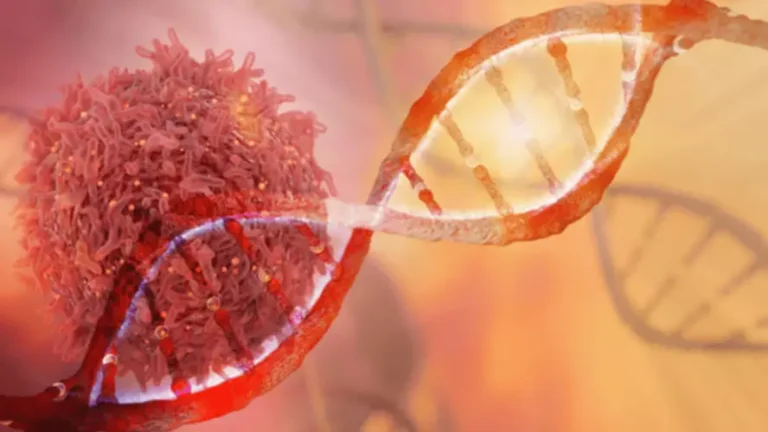
Withdrawal symptoms can quickly go from a bad hangover to a serious medical situation. During the 12- to 24-hour time frame after the last drink, most people will begin to have noticeable symptoms. These may still be mild, or the existing symptoms might increase in severity. Delirium tremens is a medical emergency that can result in death.
- But in some cases, people with this condition might have accidentally or intentionally drank household products containing alcohol, such as mouthwash or vanilla extract.
- Visible signs of alcoholism may become apparent during middle-stage alcoholism.
- It is possible to consume a fatal amount of alcohol before passing out or losing consciousness.
- Alcohol intoxication refers to a temporary condition that occurs when a person drinks an excess of alcohol at one time.
Take action when the consequences of alcohol use disorder are easiest to reverse.
But for a person who drinks heavily, the body adapts the majority of the time. This can make it more difficult to show the effects of intoxication. Eventually, their tissue cells may become dependent on alcohol to function normally. The stages of alcohol impairment nuances of treatment evolve, and any program should be catered to an individual’s unique needs. Understanding what the stages of alcohol addiction look like can help you or a loved one decide whether rehab treatment is necessary.
Why Should We Be Concerned About AUD and Alcohol Addiction?
People may feel euphoric while drinking alcohol because ethanol stimulates the release of dopamine, a feel-good chemical in the brain. This effect on the brain’s dopamine system can lead to alcohol dependence. Severe alcohol intoxication — or alcohol poisoning — is a dangerous condition that requires immediate medical attention. You don’t need to wait until the brink of disaster to seek help. Between 90 and 100 percent of alcoholics develop a fatty liver, which can progress to cirrhosis.

Medications to Ease Withdrawal Symptoms
The person may not be able to stand up, may stagger when walking, and will likely be extremely confused about what’s going on. If a person has consumed one or less drinks per hour, they’re considered to be sober, or low-level intoxicated. Immune systemDrinking too much can weaken your immune system, making your body a much easier target for disease. Chronic drinkers are more liable to contract diseases like pneumonia and tuberculosis than moderate drinkers. Drinking a lot on a single occasion slows your body’s ability to ward off infections–even up to 24 hours after getting drunk.

What are the 5 Stages of Alcoholism?
A doctor can diagnose intoxication by checking the patient’s blood alcohol content levels. Low blood sugar is another sign of possible alcohol poisoning. Also known as drunkenness, alcohol intoxication is the negative behavior and physical effects caused by drinking alcohol. Talk with your teenagers or young adult children about the dangers of binge drinking and high intensity drinking. This includes discussing drinking games, which can easily lead to alcohol poisoning. Also, emphasize the importance of knowing when enough is enough, and discuss how to intervene if a friend is drinking too much or too quickly.

- Early withdrawal symptoms include headaches, anxiety, nausea, irritability and shaking.
- Talk with your teenagers or young adult children about the dangers of binge drinking and high intensity drinking.
- This is alcohol withdrawal, and it causes uncomfortable physical and emotional symptoms.
- If possible, give emergency personnel information about the type and amount of alcohol the person consumed.
- Those with a wider circle of support have a better chance of staying sober.
As someone sobers up from alcohol during this phase of alcoholism, they will have withdrawals that can also include nausea, tremors, irritability, sweating and sleep problems. Next of the stages in which alcoholism develops are the middle stages. Once someone has moved past the early stages of how alcoholism starts, their life starts to seem chaotic, and they tend to lose control. The person will often deny having a problem, which is characteristic of how alcoholism develops, but they will drink more and more. Alcohol use disorder is a progressive disease that includes a beginning, middle, and end stage, which can result in life-threatening health conditions. It’s not often talked about, but left untreated, alcohol use disorder can be a fatal disease.
Stages of Alcoholism: Early, Chronic, and End Stage
- During the early stage of how alcoholism progresses, the person will tend to start experiencing negative consequences related to their drinking.
- The National Institute on Alcohol Abuse and Alcoholism estimates that 17 million American adults have alcohol use disorders.
Extensive evidence proves Naltrexone and acamprosate reduce heavy drinking and promote abstinence. Disulfiram (Antabuse) is another medication FDA-approved to treat alcohol use disorder, but it is used very infrequently. Furthermore, the kind of alcohol ingested might affect how long one is intoxicated. Higher alcohol content drinks will typically cause you to stay intoxicated for longer. How long someone stays intoxicated can also be influenced by their degree of hydration, food consumption, and the presence of any drugs or chemicals in their system.

Help transform healthcare

